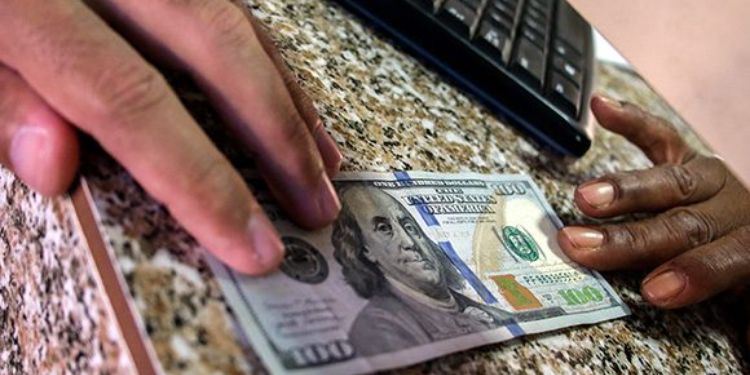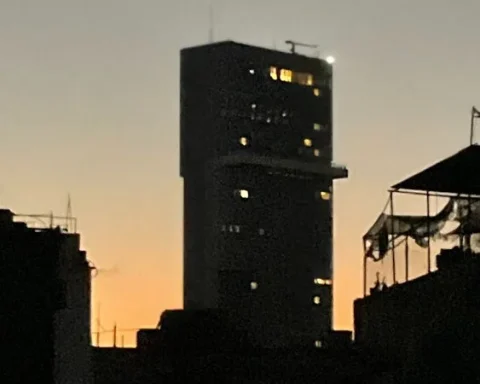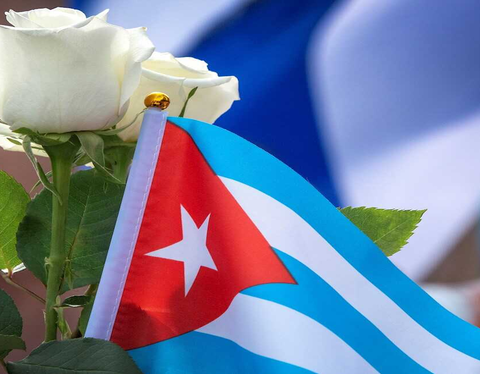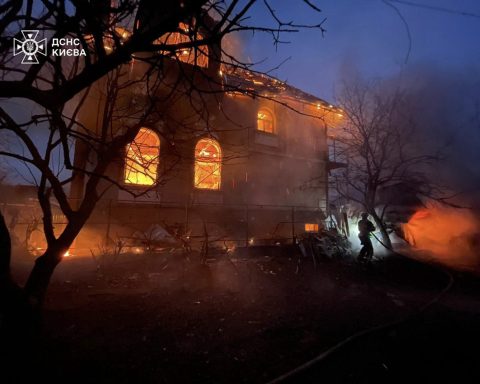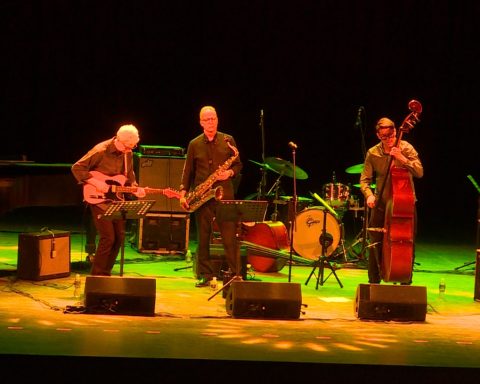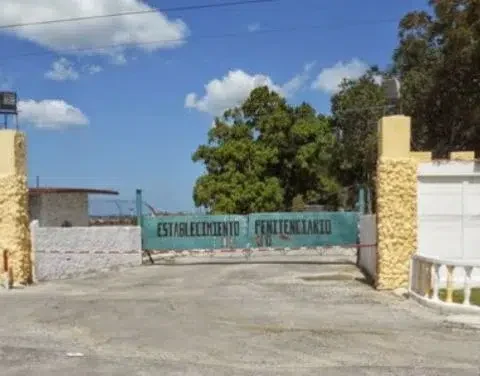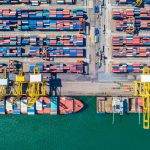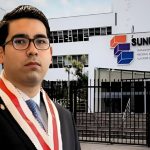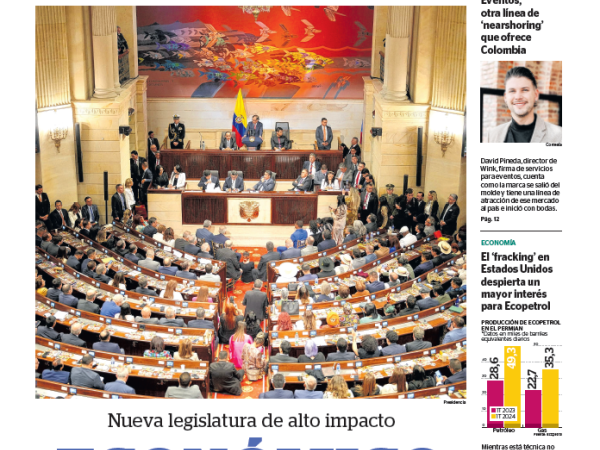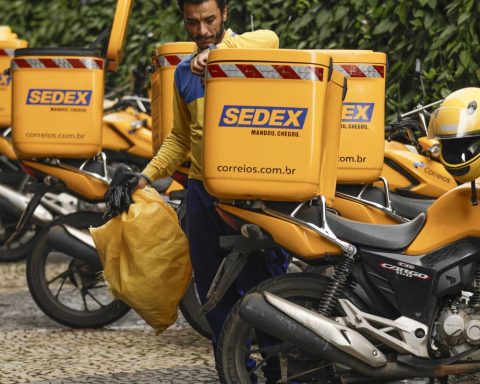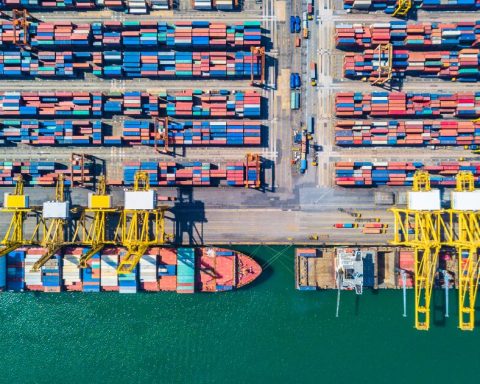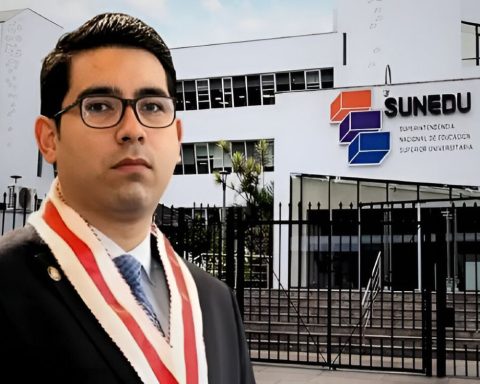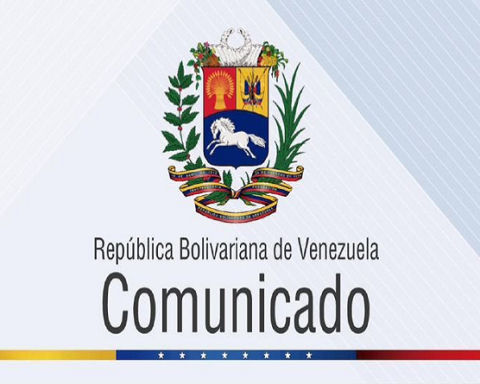HAVANA, Cuba. – When the National Assembly of Cuba was established a few years ago, stores in freely convertible currency (MLC)Cuban rulers divided the population between those who could buy in these stores and those who could not even look at the doors of these establishments.
As the months went by, basic necessities were sold in these MLC stores, so that people who only had access to the markets in national currency began to suffer from a chronic shortage of these products. We were clearly in the presence of a kind of apartheid that affected the most deprived layers of Cuban society. Almost always those who had no one to send them remittances from abroad.
In all fairness, Castroism is an expert in excluding people who do not have access to foreign currency. They already did it during the so-called Special Period in the 1990s, when according to the official discourse itself, the measure of decriminalizing the dollar almost saved the regime from collapse. Although, at a social cost that society still pays.
Now, after listening to the words of Prime Minister Manuel Marrero Cruz during the sessions of the National Assembly of People’s Power, we have come to the conclusion that a new process of apartheid is looming on the horizon of the nation.
Desperate because no one deposits in the banks the dollars that are received by any means – because a good part of the dollars that enter the country circulate in “illegal” transactions between natural persons and, of course, because no one is going to use the official exchange rate of 1 dollar equals 120 Cuban pesos – the Cuban hierarchy is preparing to implement what they call “partial dollarization of the economy”That is, to ensure that, in one way or another, the dollars that enter the country also circulate through government coffers.
The regime is preparing to open some retail establishments where payment is only made in dollars, many of them linked to tourism. Import duties will be charged in foreign currency to non-state economic actors; while some of the relations between the government and producers, both state and non-state, will be carried out using dollars. Among these producers, rice growers stand out.
The information provided by the official press does not specify what type of products will be sold in these “small spaces” where only US dollars will be accepted. In any case, everyone knows that when two currencies circulate, the stronger one always displaces the weaker one. In this context, it is not surprising that the dollar will soon occupy more and more spaces in our economy, with the consequent marginalization (apartheid) of those who do not possess the “enemy’s currency.”
This is a trend that has been slowly gaining ground in our country, mainly due to the lack of confidence that Cubans place in the national currency and the country’s banking system in general. For example, many people, when selling their homes, were already demanding payment in dollars.
Will the regime allow the dollar to circulate freely, or will it invent a subterfuge as it did with the CUC in the 1990s, to continue insisting that it maintains the nation’s monetary sovereignty?
Nobody knows. But, one way or another, what is important, and regrettable, is this new apartheid that the average Cuban will have to endure.
OPINION ARTICLE
The opinions expressed in this article are the sole responsibility of the person issuing them and do not necessarily represent the opinion of CubaNet.
Follow our channel WhatsApp. Receive the information from CubaNet on your cell phone through Telegram.
